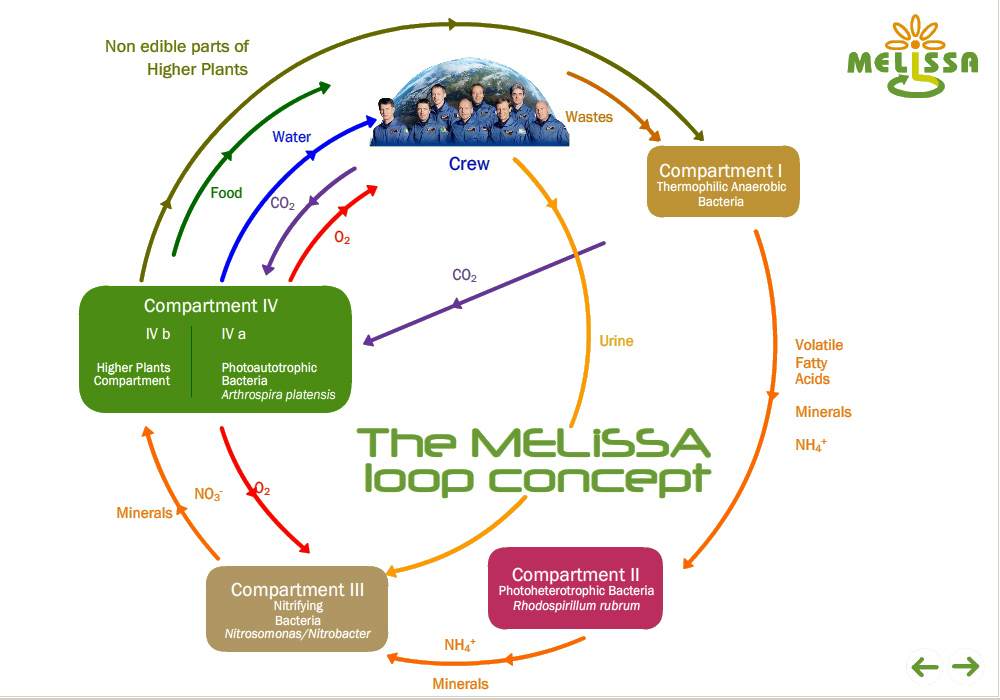Creating a self-contained ecosystem to sustain life on Mars
UAB scientists test pilot plant for future European Space Agency missions

Human exploration of deep space might not be as far-off as we once thought.
A group of researchers at the Autonomous University of Barcelona (UAB) are part of the
Micro-Ecological Life Support System Alternative consortium, also known as MELiSSA, led by the European Space Agency.
Their goal is to create an artificial ecosystem that produces food, water, and oxygen for long-term space missions since launching with all of the required supplies would be simply impossible due to their mass. And in order to make this self-contained environment, they have created a pilot plant inside a UAB lab.
"The main objective is basically to recreate an ecological system in conditions much more extreme than the ones we have on earth," says Carol Arnau Jimenez, the MELiSSA Pilot Plant Technical Coordinator, "for example to sustain life in adverse environments like Mars."
Circular Ecosystem
What is known as the 'MELiSSA loop'—and what the UAB pilot plant is testing—is comprised of five compartments that make up the circular ecosystem which scientists hope will one day allow astronauts to explore currently out-of-reach parts of space.
"Compartment one is where all waste from the future crew is treated," Arnau explains. "It then moves to the second compartment, where the products are being degraded."
In the third section, ammonium from urine is converted into nitrate that is then used by the algae and other plants in the fourth compartment. These plants absorb CO2 and produce oxygen, food, and drinking water, while the fifth is where the crew, currently made up of rats, lives.
Although the project’s goal is to facilitate faraway space travel, the research also has benefits on Earth as it provides solutions for wastewater management and could even end up helping to tackle issues such as climate change.
"We have an accumulation of CO2 in the atmosphere and the project could help," Arnau contends.
Because the pilot plant has successfully housed rats that are able to breathe the oxygen produced by algae without there being a CO2 buildup, a similar system could possibly be used to remove the greenhouse gas from the atmosphere.
It has already been 26 years since Barcelona's Autonomous University first began working on this project and the five MELiSSA compartments are yet to be connected. But researchers here in Catalonia and elsewhere in Europe believe they will be able to complete this self-sufficient loop in the next ten years, possibly paving the way for, yes, life on Mars.
Podcast
Listen to Dr Carol Arnau Jimenez in this week's episode of Filling the Sink below.